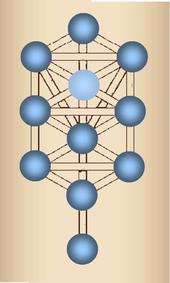A Synagogue Guide for Non-Jewish Visitors
On any given Friday night, most if not all the people in a synagogue are Jewish. They either grew up experiencing the rituals and traditions of the faith or they were diligently taught about them during the process of conversion. Occasionally non-Jewish visitors go to a synagogue as guests of congregants or as curious outsiders of a different faith who want to participate in a cultural exchange. For these newcomers the experience of services at a Jewish house of worship can be strange or jarring. This is a quick guide to demystify some of the unique aspects of ritual at the average synagogue for those who have never visited one before.


